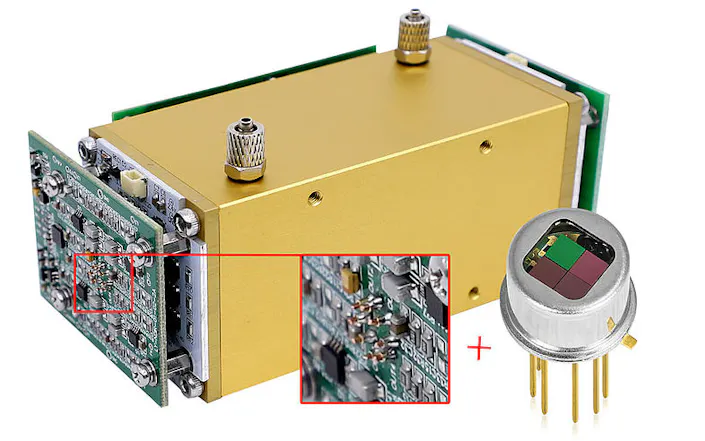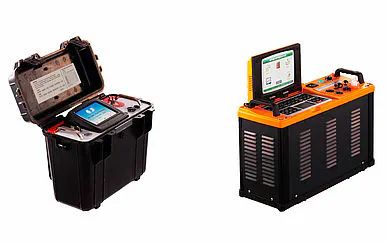InfraTec Detectors against Global Warming
Qingdao Laoying Haina Group uses infrared detectors to equip its self-developed devices for environmental gas analysis.

Global warming is one of the most serious environmental problems mankind facing at present. In this context, greenhouse gases are the main cause of global warming. CO2, CH4 and N2O are the three most important greenhouse gases, which account for more than 95% total amount of greenhouse gases in the atmosphere. The monitoring of greenhouse gas content is a prerequisite for greenhouse gas governance.
The spectroscopy technology team of Qingdao Laoying Haina Opto-Electronic Environmental Protection Group Co., Ltd. from China uses InfraTec’s pyroelectric detectors LIM-272 and LRM-284 combined with infrared multi-pass gas cells. The company developed CO2, CH4, N2O gas sensors based on NDIR technology, including single-gas sensors and multi-gas sensors, to meet the requirements of ambient air CO2 monitoring and pollution source CO2, CH4, N2O emission monitoring.

They can be used to monitor greenhouse gas emissions in many industries such as thermal power, steel, oil and gas mining, coal mining and waste treatment, to provide technical support for greenhouse gas emission control.
Since its inception, Qingdao Laoying Haina Group has – after years of development – become a diversified group company integrating environmental monitoring equipment, optical sensing, intelligent data and other industrial fields.
Use of Pyroelectric Detectors in Practice
One advantage of pyroelectric detectors is the versatility of their applications. Detecting and analyzing gases and gas mixtures, investigating the material composition of organic and inorganic compounds, monitoring flames – all this is of great importance in a wide range of industries. Selected examples will help you to get to know some of the possible applications and, at best, to gain valuable ideas for solving your own measurement and testing tasks.